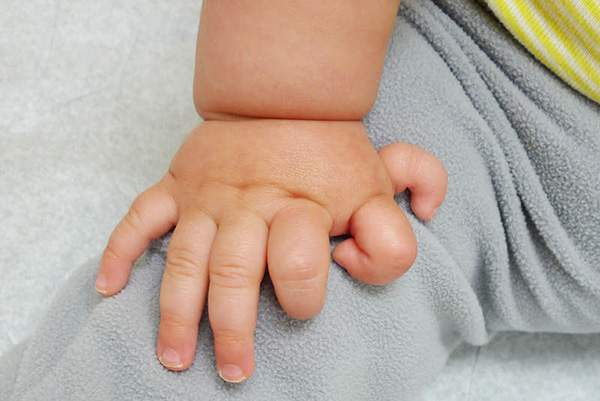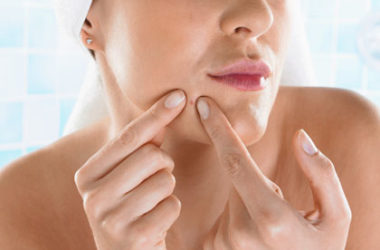Have you come across a person who has an extra finger on his or her hand? This deformity is called by medical experts as “polydactyly”. It’s something that can be easily corrected during the first few years of life. While it’s very much possible for the extra finger to be surgically removed later on in life, the person may find such option unsatisfying.
The truth is polydactyly is a very common hand deformity. Experts say that in 500 to 1,000 babies, one of them has it. In some instances, the cause of polydactyly is unknown. Other times it can be due to heredity or a genetic defect. Some ethnic groups are more susceptible to having polydactyly than the rest.
Characteristics
Most of the time, the extra finger appears only on one hand. The growth can appear right next to the pinkie finger (more common) or sometimes adjacent to the thumb (less common). There are also instances in which the extra finger shows up right in the middle of the hand, but this is said to happen very rarely.
Compared to the rest of the fingers, the extra one is generally smaller in size. Since it is abnormally developed, it cannot function just like the others. Sometimes the growth may be made up of only soft tissues, making it easy to remove. Removing something that has a bone and joint — meaning it’s almost developed — can be harder to remove.
Causes
In the womb, the hand initially looks more like a paddle. Approximately during the 6th or 7th week of gestation, the structure separates into fingers. Polydactyly strikes when something goes wrong with this particular part of an embryo’s growth and development, resulting in the formation of an extra finger.
Medical experts do not really know the culprit behind such. However, they believe that it can be hereditary in nature, which means that a parent with polydactyly may have an offspring with the same hand deformity. Sometimes it is thought that polydactyly stems from a genetic defect.
By the way, certain ethnic groups are said to be more susceptible to polydactyly. Medical experts say that it seems like African-Americans are more likely to have the hand deformity than the rest. And just like what’s mentioned earlier, polydactyl is quite common, affecting 1 baby out of 500 to 1,000.
Diagnosis
Some forms of polydactyly are actually associated with other forms of deformity that can be found elsewhere on the body of a baby. It’s exactly for this reason why it’s so important for a doctor to properly make a diagnosis. Most of the time, early correction of a physical deformity can considerably lessen its impact on a child’s life.
Treatment
Since polydactyl does not cause a baby any form of pain, having the extra finger removed surgically need not be done right away. However, it’s a good idea for such deformity of the hand to be corrected very early on in life. Such can make it so much easier for a child to adapt as he or she grows.
Polydactyly can be corrected through surgery. As mentioned earlier, some forms of polydactyly can be removed quite easily, while others can be more on the difficult side. If the extra finger is made up of only soft tissues, which means there are no bones or joints inside, then the surgical removal of it should be less complicated.
Before the surgery takes place, a hand therapist may be able to provide assistance. After the surgery, the therapy usually continues to help the child adapt to it so much better. However, there are some children who are able to proceed with the surgery without requiring therapy before and after.












